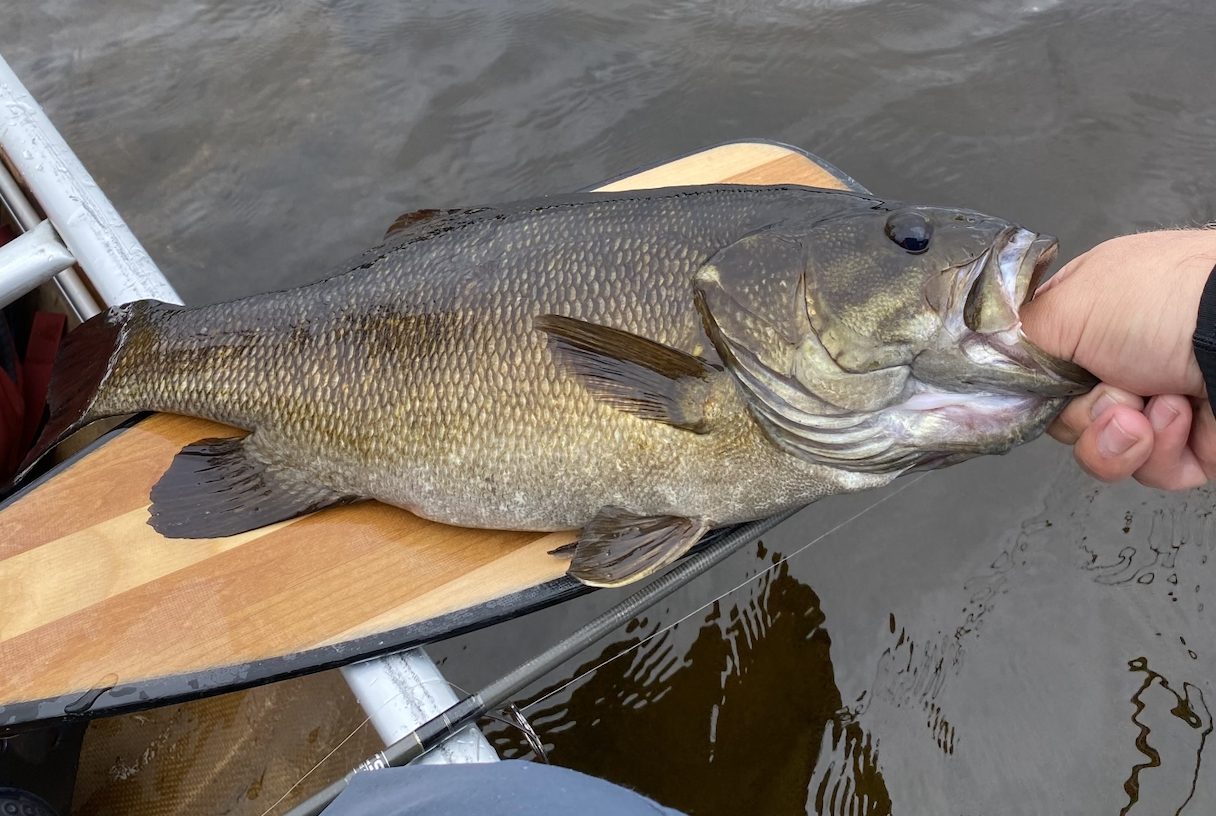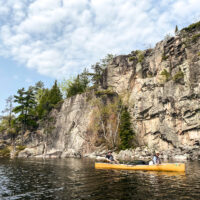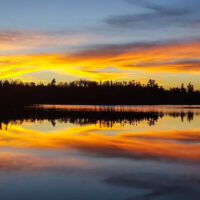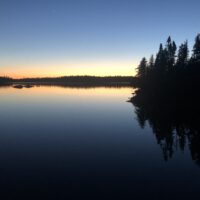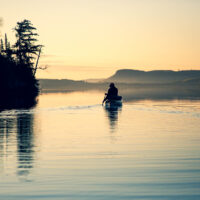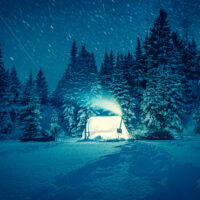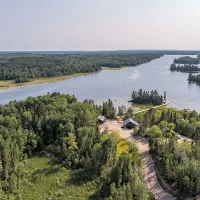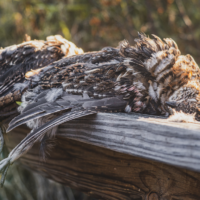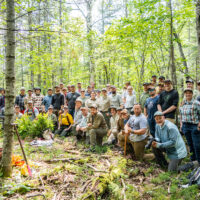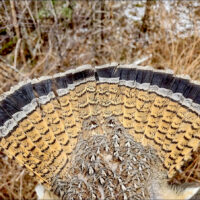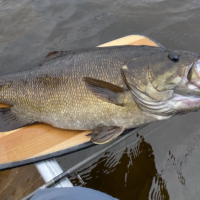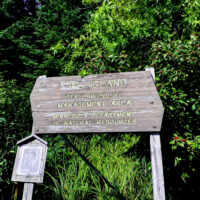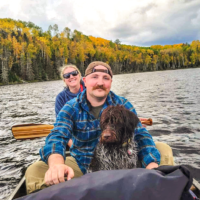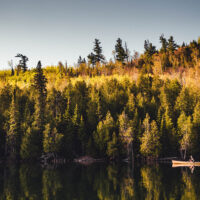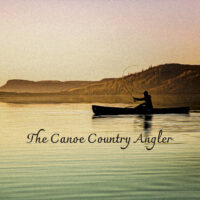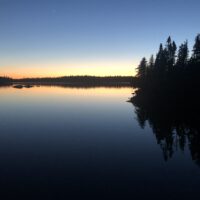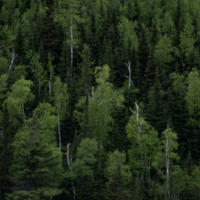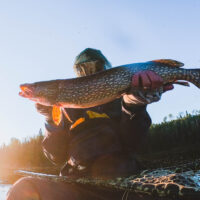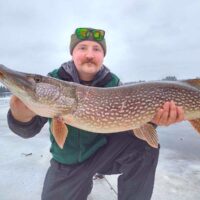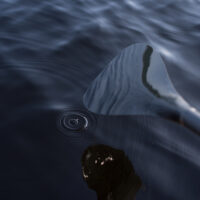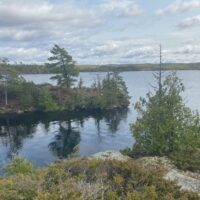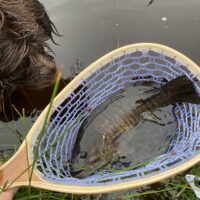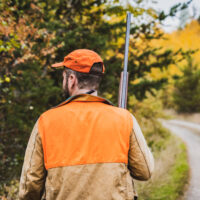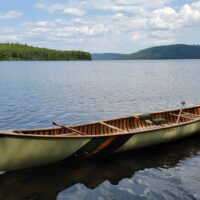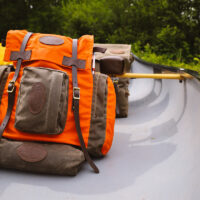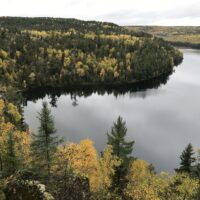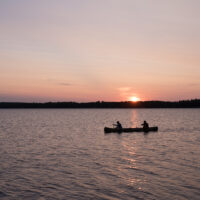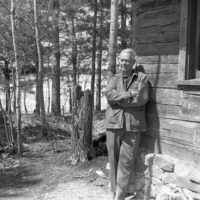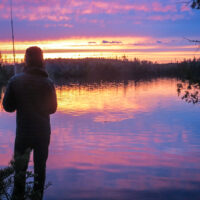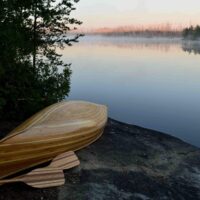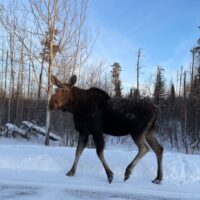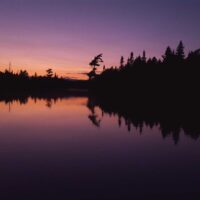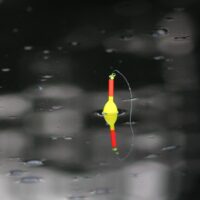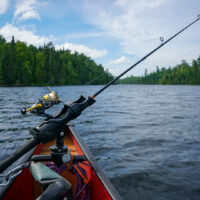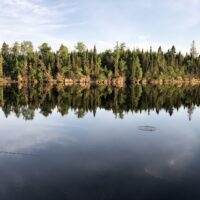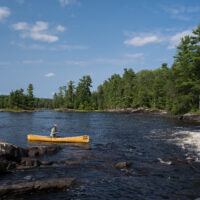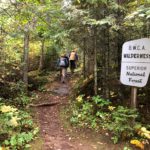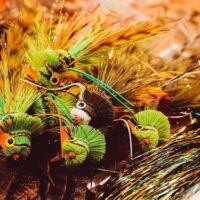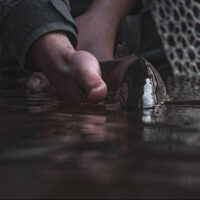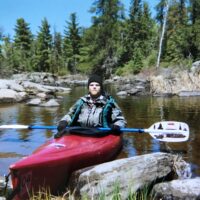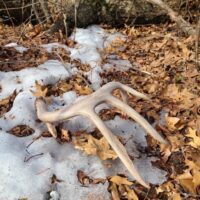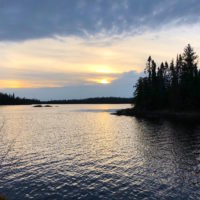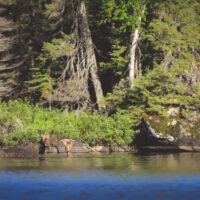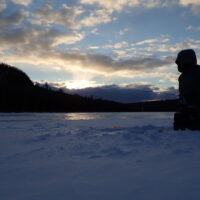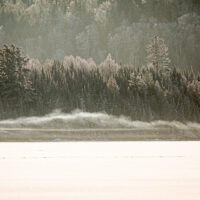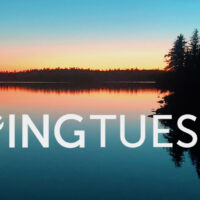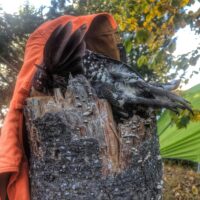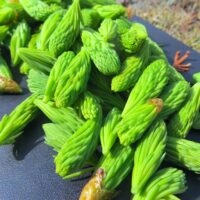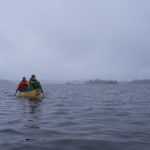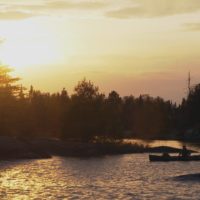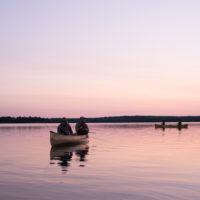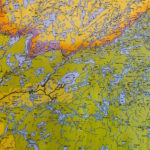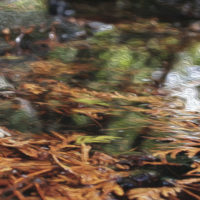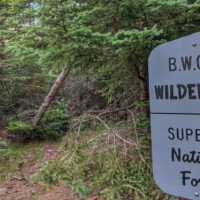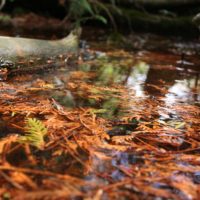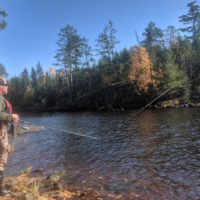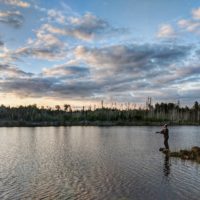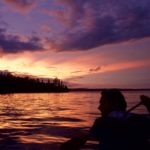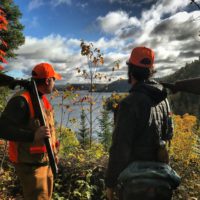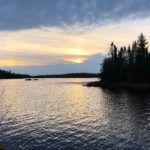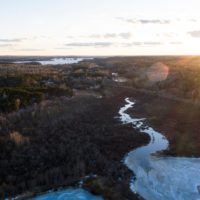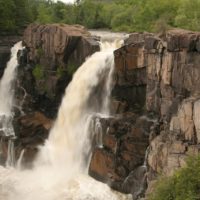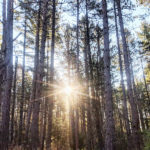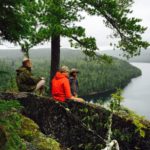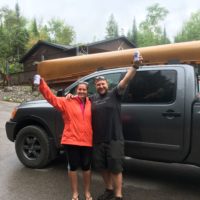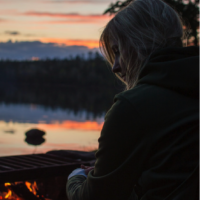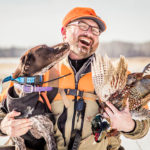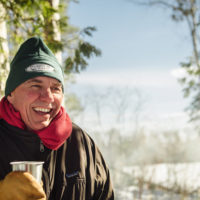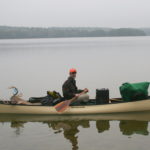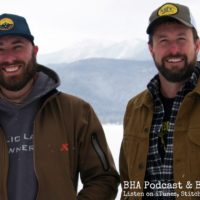The Canoe Country Angler * Vol. 3
September 9, 2024 2:17 pmUnlocking a New Lake
How a Little Planning and Basic Tactics can Help you Avoid Getting Skunked
By Matthew Schultz
There are about 1,175 lakes in the Boundary Waters and every one of them has its own little nuances. Even connected lakes that are seemingly identical will often have significant variation in available species, forage, depth, etc. Simply put, just because you’ve had success on one lake doesn’t necessarily mean you’ll be smackin’ them on the next. With that being said, there are a few tools at your disposal that will help you spend less time throwing lures to fish that may not even be there and more time swinging lunkers into the boat the next time you explore a new lake.
Do Your Recon
I once spent an entire weekend in Northern California hiking and climbing to access this choice piece of stream to fly-fish for trout. My friend and I probably threw every conceivable fly pattern known to humanity and didn’t so much as see a fish. After the hike out and the 3 hour drive home, we learned that this particular creek doesn’t hold any fish whatsoever. It was basically just a drainage ditch. One internet search could’ve prevented a fishless trip.
While it’s unlikely that you find yourself on a lake or river in the Boundary Waters, or Minnesota for that matter, with no fish, it’s still very frustrating to keep casting for something that just isn’t there! Luckily, there are a few easy ways to prevent this. The Minnesota DNR has done an incredible job over the years at keeping tabs on the fish populations of the many bodies of water they manage. One of the best ways to get a quick understanding of what is and isn’t in a lake is to hop on DNR Lakefinder. This website conveniently allows you to search the name of almost any lake in Minnesota and get a list of species, maximum depth, acreage, and any special lake regulations.
Before a trip, I like to look at all the lakes we plan to paddle and search them in the DNR database. Then, I’ll write on a piece of paper the name of the lake and what fish species it has so that as we travel, I know what I can and can’t catch in that particular lake. Sure, most lakes in the Boundary Waters at least have walleye, pike, and smallmouth bass, but not all of them. It’s helpful to know if you should even bother fishing for specific species, especially if you’re after fish that don’t fall in the typical three, like Lake Trout, Brook Trout, panfish, Largemouth Bass, and even musky. MN DNR has also made netting surveys and stocking reports available to the public through Lakefinder. Using this information can help you determine which species are most abundant and even the average sizes of fish in that body of water.
Additional recon to consider before your trip is to use nautical charts to highlight possible fishy areas and add them to your Boundary Waters maps or onX app. I like using Navionics, but you should always take these maps with a grain of salt, as they can be off by a few feet, depending on the lake. Finally, after you’ve done all your research before the trip, stop in at a local bait shop like Arrowhead Outdoors in Ely, MN, to get the latest information and ensure you have everything that the fish are keyed in on.
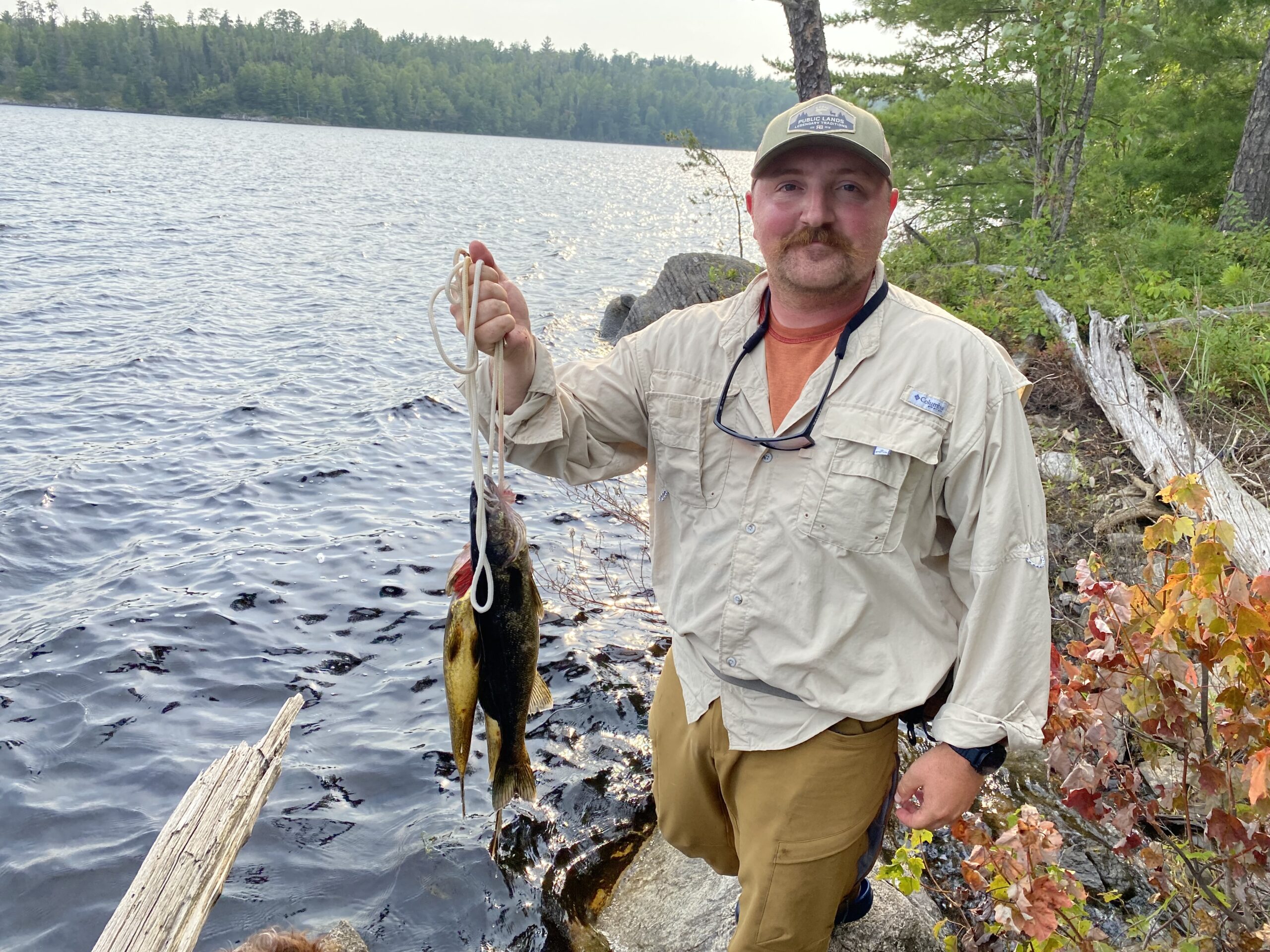
Tactics
It’s daunting when you pull up to a new lake because you really have no idea how the fishing might be. There have been times when I’ve discredited small, shallow appearing lakes and wound up having incredible success. Of course, the opposite has happened, too. At any rate, by this point, you’ve probably done enough research to have picked out a few “high percentage” lures, as I like to call them. For a list of some of these, check out our last edition of The Canoe Country Angler! Unless you have some very specific intel, it’s usually wise to start with one of these types of lures. This will allow you to get a sense of what’s biting and how they’re responding to different presentations. This is also a great time to troll lures like a crankbait, lindy rig, or something similar to cover lots of water.
Work areas that seem obvious at first glance like rock piles, islands, points,inlets, weed edges, and fallen trees. As you start to collect more information with each cast, adjust your rig accordingly. No amount of research can get you 100% dialed for every lake, so take some time to explore and learn the old-fashioned way.
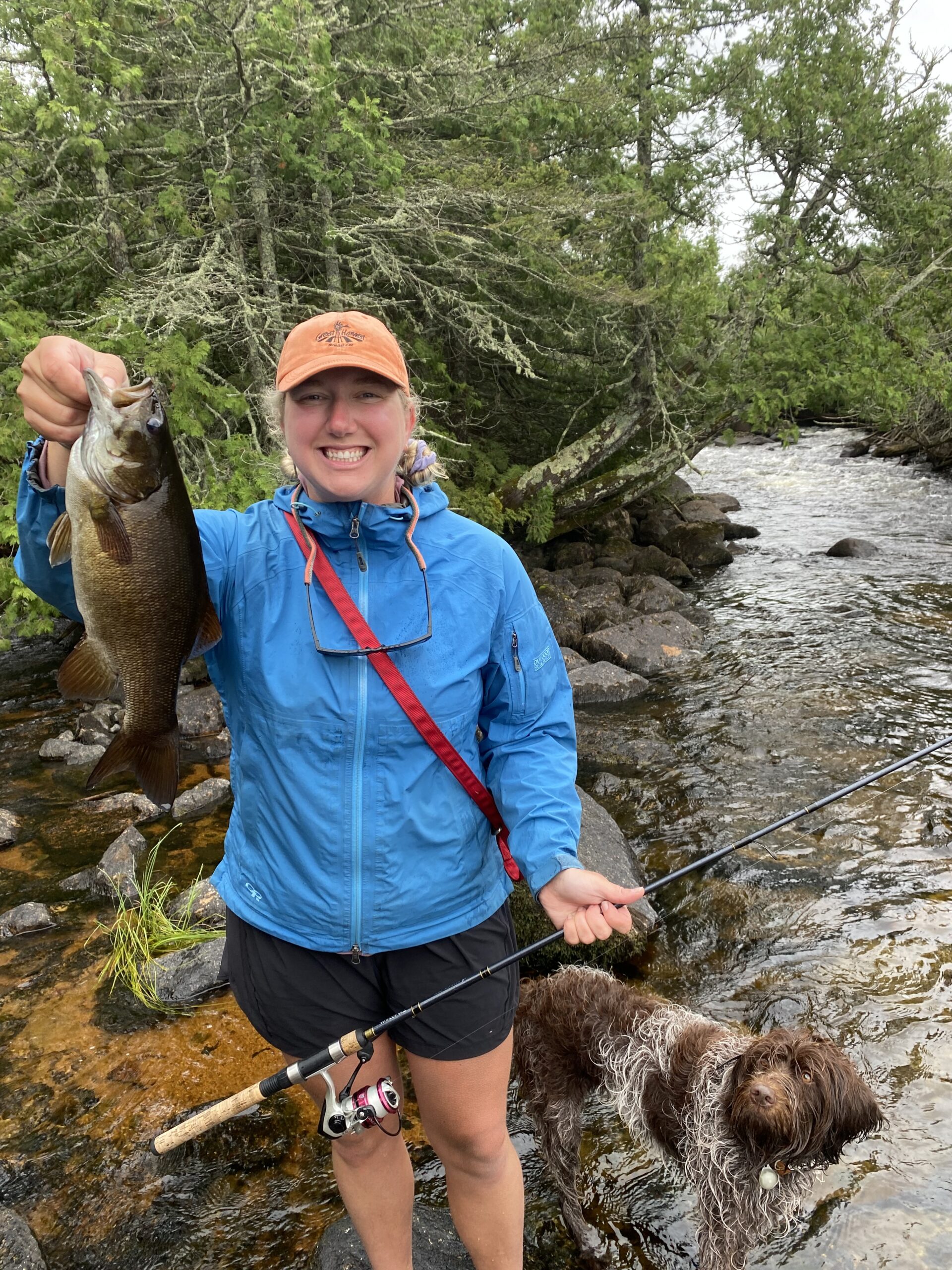
Don’t Get Discouraged
I love to nerd out on fishing research during the months and weeks leading up to a Boundary Waters trip. It’s honestly part of the experience for me. That being said, plans fail, and changes always have to be made! Most recently, during an outing on a relatively large Boundary Waters lake, I didn’t catch a single walleye for the first 48 hours of the trip. Between that and the gale-force winds, I was ready to throw in the towel. On the third day, however, while trying the last spot I hadn’t fished yet, we boated 14 walleyes in a couple hours along with some sizable pike and bass here and there.
As fishing resources continue to improve the amount of data we have at our disposal, it’s important to remember that it’s still fishing. The search, the weather, and all the unknowns before and during a trip are what make a trip to the Boundary Waters so exciting. I hate using this cliche, but “that’s why it’s called fishing, not catching.”

